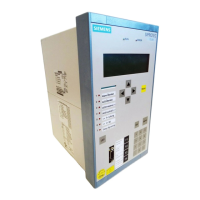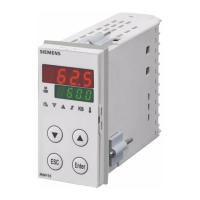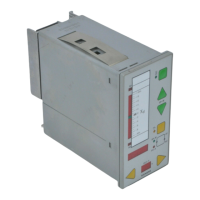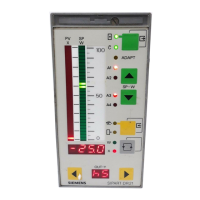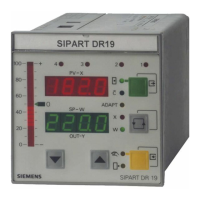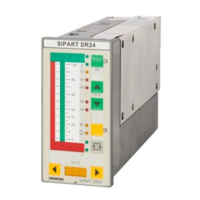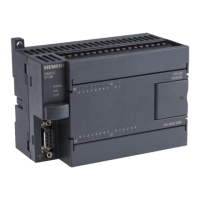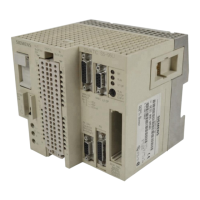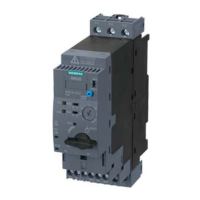Resetting:
The broken wire suspected is reset by phase current flowing again , by a reset criterion of the broken-wire
check or by a binary input signal. Binary resetting can be useful during laboratory tests among other applica-
tions.
Indication
If the broken-wire detection by the broken-wire check has not been reset within 10 ms, it will be indicated.
The indication is held stable for the duration of at least 3 periods.
Broken-Wire Check
To prevent unwanted pickup of this monitoring function caused by special operating conditions, for example
fault, maintenance, test, etc., a local broken wire suspected must be confirmed by additional other criteria.
These criteria are checked on the level of the protection functions (Protection function group).
If at least one of the following criteria contradicting wire break is satisfied, the locally set broken wire
suspected is reset including any associated protection blocking.
Local resetting criteria:
•
At least one protection function has picked up.
•
An assigned circuit-breaker is open.
•
A wire break is simultaneously detected at a different local current channel.
•
Jump detection on a local voltage channel (if voltage transformers exist)
•
Jump detection of the associated zero-sequence current
•
Jump detection on a different local current channel of the same phase without broken wire suspected
•
Local overcurrent, that is, for at least one phase applies I
ph
> 2· I
rated
Reset criteria at the opposite end:
For the line differential protection, there are additional criteria of the opposite end that can contradict a local
broken wire suspected and cause resetting. The request to reset is transmitted via the protection interface.
•
A wire break is simultaneously detected at a current channel of the opposite end.
•
Jump detection on a voltage channel of the opposite end (if voltage transformers exist)
•
Jump detection on a current channel of the opposite end
•
Local overcurrent at the opposite end, that is true for at least one phase I
ph
> 2· I
rated
Blocking the Protection
The decision to block the protection and the determination of the local broken wire suspected is performed
phase-segregated for each 3-phase current measuring point of the device. A central mode parameter of the
broken-wire detection (Mode) in the power-system data decides the blocking behavior.
•
No blocking
– Wire break is only signaled
•
Blocking
– Each broken wire suspected must cause the affected protection functions to be blocked. Affected
phases are marked with “protection blocked”.
•
Automatic blocking
– In addition to broken wire suspected, you can make the blocking dependent on the criterion that the
maximum differential current of all phases does not exceed a settable threshold value Delta
value for autoblock for the differential protection. The phases to be blocked are marked.
Supervision Functions
8.3 Supervision of the Secondary System
382 SIPROTEC 5, Fault Recorder, Manual
C53000-G5040-C018-5, Edition 11.2017
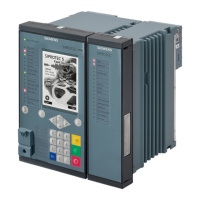
